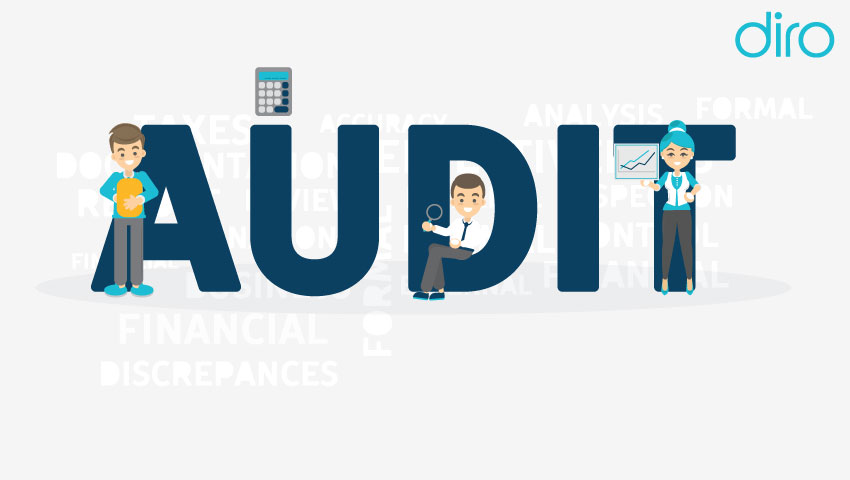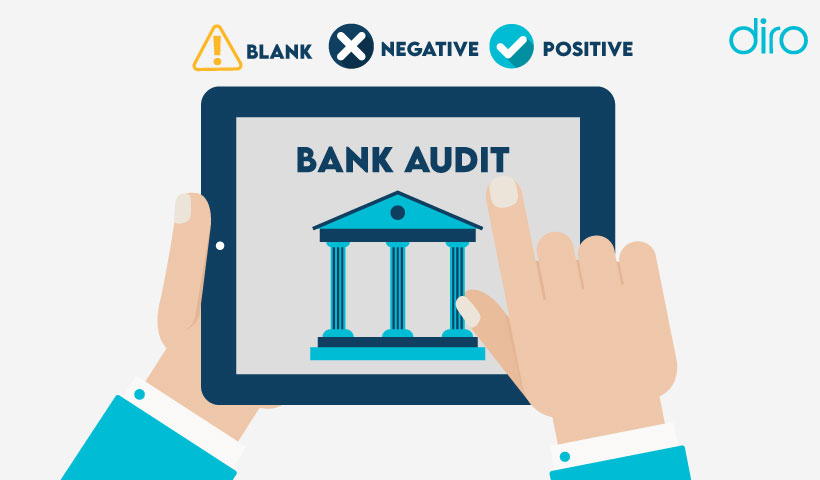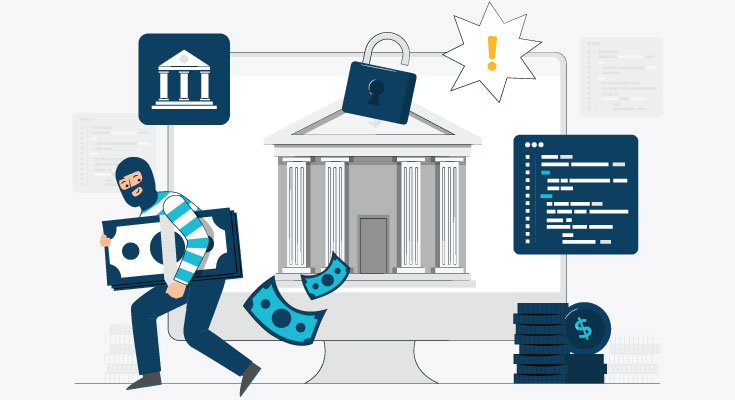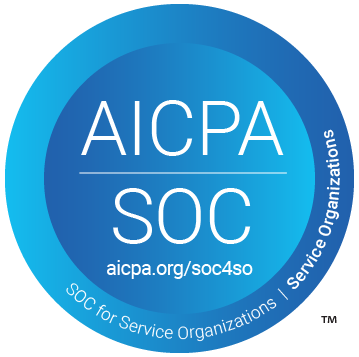Auditors are under constant scrutiny with changing regulations. Internal auditors are under pressure to comply with regulations, impress stakeholders, and keep public data safe. Third-party regulators that conduct balance and audit confirmations are under pressure to ensure there are no red flags hidden.
With multiple recent cases of audit failures due to a lack of a proper framework, or a failure of being able to identify a hidden red flag. As the pressure continues to rise, auditors need to understand the underlying causes behind audit failures and the steps that can be taken to prevent them.
Let’s break it down in this article.
Why Do Traditional Audits Fail?
There are tons of reasons why traditional audits could fail. Let’s break them down:
1. Overwhelming Amount of Data
Big Data, yes, we’ve all heard of Big Data and how it has changed the way we do business. Across all industries, the creation and access to more data have allowed companies to measure and optimize business processes.
Big data can also completely transform the audit processes. If it’s used effectively, data empowers the auditors to ask the right questions, find red flags, and conduct balance and audit confirmations.
But the problem is that most auditors just don’t have the methods or means to handle that much data. Moreover, there’s just no way to handle the completeness and authenticity of the data. This is where balance and audit confirmation software come in.
With DIRO’s balance and audit confirmation API, auditors don’t have to sort through endless data; they can confirm balances by confirming them directly from the issuing source.
2. Traditional Audit Timelines
Most companies and clients want their audits to be completed quickly and with minimal friction and cost. Auditors have to find the balance between completeness with their client’s tight timelines.
Most audits have to be completed within 1-3 months at the end of the corporate year. To meet the deadlines, auditors have to sort through endless data while carefully auditing all the data to find mismatches in the data.
Moreover, the speed at which an auditor can provide their end-of-the-year audit report also depends on the client’s speed of collecting appropriate business process documentation. If the business fails to provide the documentation at the right time, the audit reports can fail, and it can be a potential blind spot in the company’s financials.
3. Remote Work Trends
The COVID-19 pandemic is also a reason behind the recent rise in audit failures. After COVID-19, the trend of remote work has risen drastically. On the other hand, it caused the business to digitize its already weak audit processes. A recent survey found that 95% of companies increased the digitization of the overall audit process after the pandemic.
While digitization is great and it makes doing audits remotely easier, it hasn’t led to an increase in the efficiency of the process. As a matter of fact, the remote audit process actually reduced efficiency, with companies not being able to meet the digitization demand due to poor technological support.
4. Increased Business Complexity
Businesses of today have gotten more complex. Companies that operate on a global level tend to have transactions that are spread across multiple jurisdictions. They conduct business in multiple languages, with endless suppliers, customers, contracts, and other partners. There are multiple parameters to account for while conducting an audit, which makes it a huge challenge.
To make the audit process even more challenging, companies structure themselves using multiple subsidiaries, shelf companies, offices, and business units, depending on their business goals.
The complexity does not suggest that the business has something to hide; it could be because of the goals of the business. However, for the auditor, the complexity makes it even harder to take care of audits.
5. Regulatory Challenges
Auditors play an important role in making sure companies’ financial reports are accurate and trustworthy. Part of their job is to look out for fraud and give reasonable assurance that the financial statements don’t contain major mistakes, whether intentional or not.
But in recent years, some big audit failures have exposed the limits of current audit tools and methods. These failures, along with large regulatory fines, have put auditors under the spotlight. There’s growing pressure on them to catch critical risks before it’s too late.
Regulators have responded by tightening the rules. This has made audits more costly and raised the stakes for mistakes. Even a small oversight can now lead to serious consequences – damaged reputation, lost clients, fines, or lawsuits.
Cases like the collapse of FTX or the lawsuit against auditors of a major UK construction firm show just how crucial it is for auditors to carry out thorough, independent audits and make full use of the data available to them.
How to Fix Traditional Audit Failures?
Audit failures don’t happen overnight. They’re usually the result of outdated methods, weak processes, or over-reliance on manual work. The good news is, there are ways to fix these problems and make audits more reliable:
1. Embrace Technology and Automation
Manual confirmations and spreadsheets can’t keep up with the speed and scale of modern businesses. Using balance and audit confirmation software like DIRO, auditors verify data directly from original sources, cutting down errors and saving time.
2. Strengthen Data Handling
Big Data isn’t the enemy—it’s an opportunity. Auditors need tools that can sift through large amounts of information and highlight anomalies, rather than relying on sample-based checks that miss hidden risks.
3. Build Stronger Collaboration with Clients
A large part of audit delays and failures comes from late or incomplete documentation from clients. Setting clear timelines, using secure document portals, and encouraging proactive communication help keep the process on track.
4. Invest in Continuous Training
Audit regulations and business models evolve quickly. Auditors need ongoing training to stay updated on new risks, technologies, and industry standards so they don’t fall behind.
5. Adapt to Remote and Hybrid Work
Instead of patching together remote audits with weak digital systems, firms should invest in robust digital audit workflows that maintain the same level of scrutiny as traditional in-person processes.
6. Prioritize Risk-Based Auditing
Not every piece of data deserves equal attention. Focusing on high-risk areas and using data-driven insights ensures critical red flags aren’t buried under routine checks.
By adopting these practices, auditors can move away from outdated confirmation processes and build audits that are faster, more accurate, and better equipped to handle the demands of today’s business environment.
Conclusion
Traditional audit confirmations are no longer enough to keep up with the speed, complexity, and risks of modern businesses. With tighter regulations, growing data volumes, and more pressure on auditors, sticking to outdated methods only increases the chance of failures.
The way forward is clear: auditors need to adopt better technology, strengthen their processes, and stay ahead of new challenges. By using smarter tools, focusing on risk, and working closely with clients, audits can be more accurate, efficient, and trustworthy.
In the end, it’s about more than just avoiding fines or lawsuits; it’s about restoring confidence in financial reporting and making sure businesses are held accountable.







